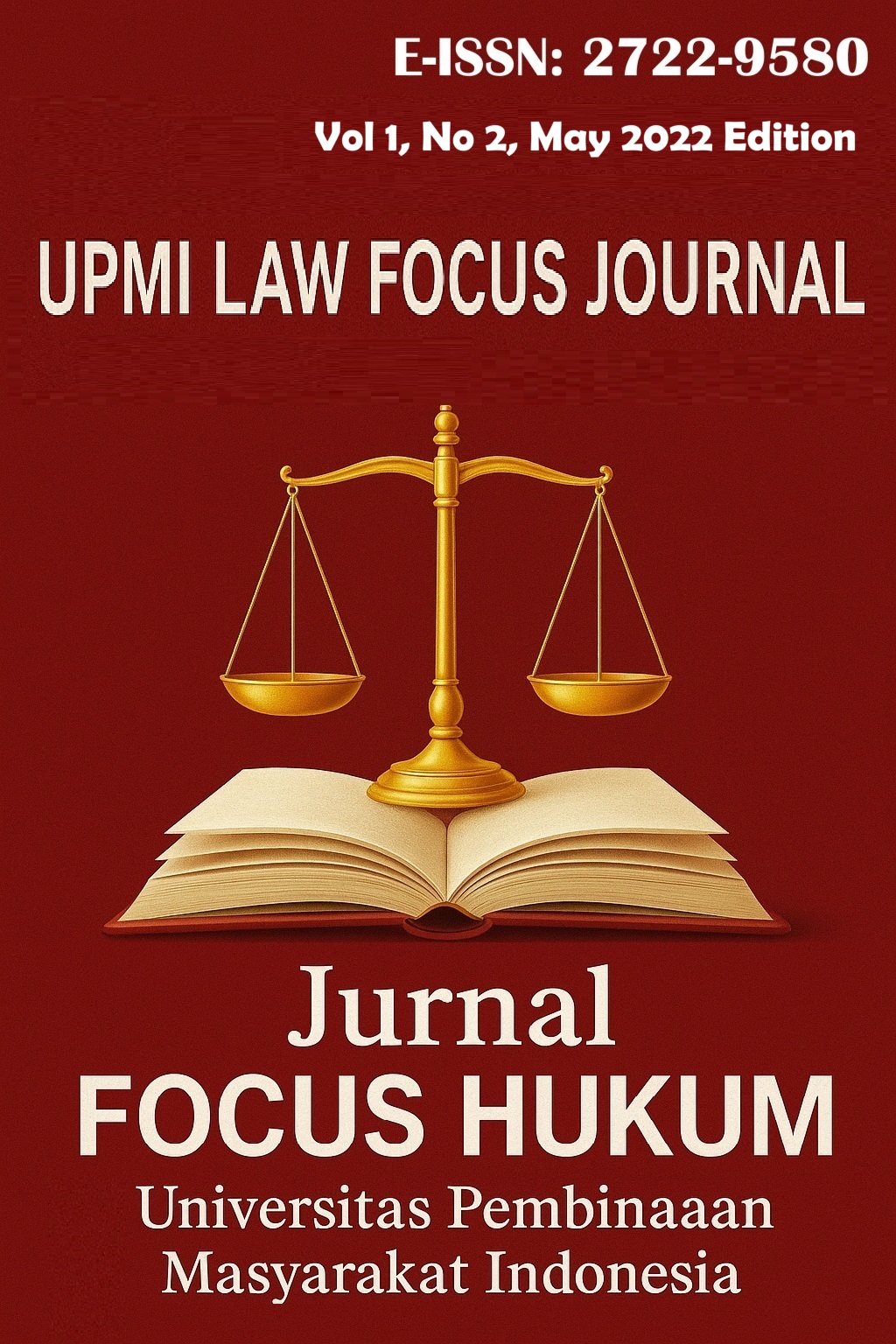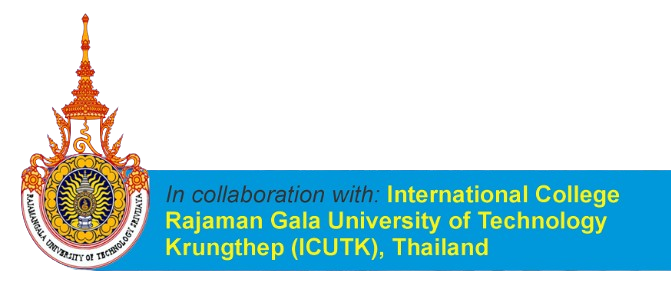PLURALISM, LEGAL NORMATIVITY, AND TRANSNATIONAL CHALLENGES: TOWARD A THEORY OF MULTI-SITE LEGAL ORDERS
DOI:
https://doi.org/10.55751/jfhu.v1i2.159Keywords:
Environmental Crime, Victimology, Ecocide, Environmental Displacement, Ecosystem Rights, Green Criminology, Environmental Justice, Legal Personhood.Abstract
Environmental crimes produce victims whose suffering remains largely invisible within conventional victimological frameworks. This article develops a comprehensive victimological analysis of environmental harm by examining three interconnected dimensions: ecocide as mass environmental destruction, environmentally-induced displacement, and the emerging legal recognition of ecosystems as victims in their own right. Drawing on green criminology, ecological victimology, and Earth jurisprudence, this mixed-methods research integrates quantitative analysis of 428 environmental crime cases across 34 countries with qualitative case studies of four major environmental disasters: the Amazon rainforest destruction (Brazil), Ogoniland oil pollution (Nigeria), the Aral Sea desiccation (Kazakhstan/Uzbekistan), and the Great Barrier Reef bleaching (Australia). The study reveals that environmental victimization operates across multiple temporal and spatial scales, affecting human communities, non-human species, and entire ecosystems through interconnected pathways of harm. Findings demonstrate that current legal frameworks systematically fail to recognize the full extent of environmental victimization, privileging immediate human economic interests while rendering ecological destruction and long-term intergenerational harm legally invisible. The research identifies significant disparities in environmental victimization, with indigenous communities, racial minorities, and economically marginalized populations disproportionately bearing environmental harm—a pattern consistent with environmental racism and environmental injustice scholarship. The article proposes an expanded victimological framework that recognizes four categories of environmental victims: direct human victims, displaced populations, future generations, and ecosystems themselves. Analysis of jurisdictions that have granted legal personhood to nature (New Zealand, Ecuador, Colombia, India) suggests that recognizing ecosystem-victims represents a paradigm shift with potential to transform environmental law and expand access to justice. However, implementation challenges reveal tensions between anthropocentric legal systems and ecocentric approaches. The study concludes by advocating for international ecocide law, strengthened environmental standing doctrines, and institutional mechanisms to represent voiceless ecosystem-victims within legal proceedings.










